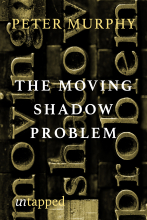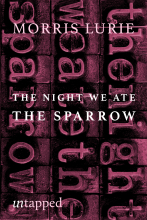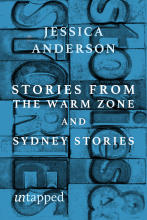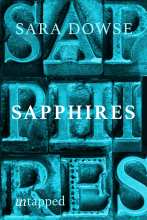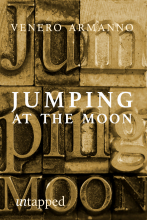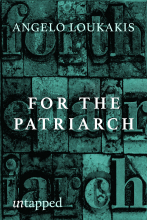![Book cover]()
by Venero Armanno
Ligature
untapped
genre Literary Fiction · Short Stories
In his assured debut collection of short stories, award-winning author Venero Armanno takes the reader around the world: in Melbourne, a man in a love triangle is excited about his ‘personal computer system’; an ex-husband returns reluctantly to Sicily after ten years when his ex-wife falls off a ladder; a couple have an affair in snowy Holland; and a painter recounts a story about East Berlin, before the wall came down, because everyone has a story…
First published in 1992, Jumping at the Moon was joint runner-up in the Steele Rudd Award. The collection launched Venero Armanno’s literary career, leading to an agent, two novels released in quick succession and, subsequently, international publication.
Of his later, critically acclaimed novel The Volcano, in the context of placing him within what might be called the ‘post-migrant’ generation of writers, Kerryn Goldsworthy wrote in Australian Book Review: ‘Like [Fotini] Epanomitis and [Christos] Tsiolkas, Venero Armanno was born in Australia of immigrant parents; like theirs, his work shows the complexity, the exuberance and the linguistic confidence and playfulness of his origins.’
Now an Associate Professor in the School of Communication and Art at The University of Queensland, Venero Armanno has written young adult fiction, drama, film scripts and eleven novels. His books include My Beautiful Friend (1995), Strange Rain (1996), The Volcano (2001) which won a Queensland Premier’s Award for Best Australian Novel, The Dirty Beat (2007), and, most recently, The Crying Forest (2021). His short stories have been included in anthologies in Barcelona, Hungary, Canada and Serbia. For more information visit veneroarmanno.com




